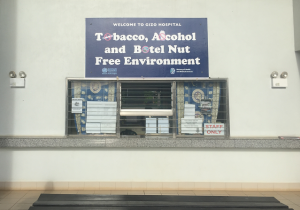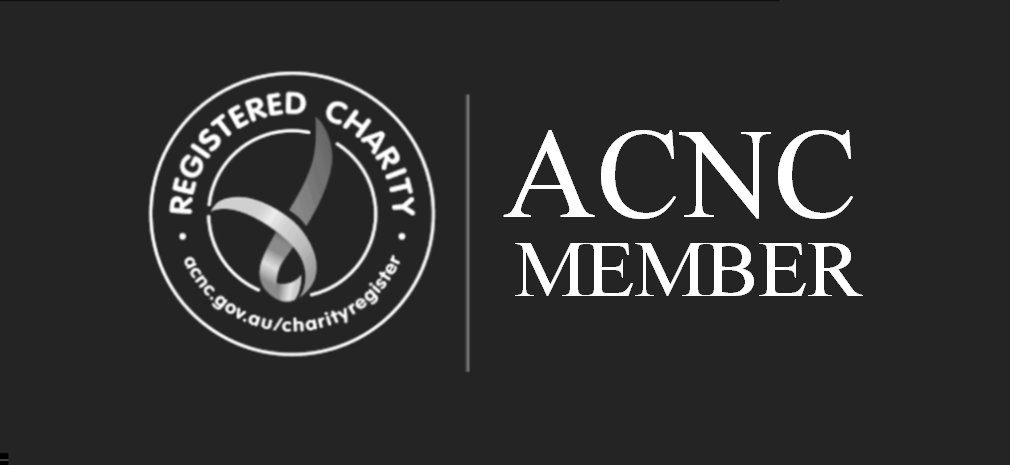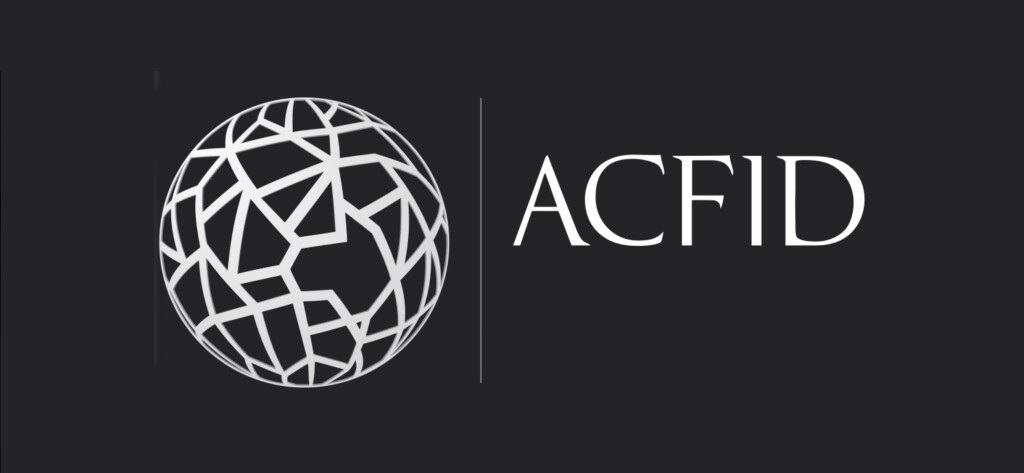
Dr Gary McKay had made a visit to the Solomon Islands at the end of last year to conduct his first surgical mission at Gizo hospital and now as Secretary for DAISI organised a surgical mission to Gizo for the last week in July and invited me to accompany him and his team.
The team included a second Colorectal Surgeon, two anaesthetist’s and Gary’s wife Roshini and a Registered Nurse.
The Solomon Islands are situated east of Papua New Guinea about 3 hours flight north-east of Brisbane and have a delightful equatorial climate. It is made up of 992 islands of which 6 are major islands. There are 9 provinces and we were in Gizo in the Western Province, about 1 hour’s flight north of the capital, Honiara. The islands are spread out with the distance between the westernmost islands and the easternmost islands approximately 1500 kilometres. The population is approximately 600,000 and is ethnically Melanesian and mainly Christian in religious background. The per capita GDP is US$600 hundred dollars. 75% of the population exists on subsistence farming and fishing. Tourism particularly diving is hampered by the lack of infrastructure.
The Solomon Islands are well known for the Solomon Campaign from 1942 to 1945 particularly the battle of Guadalcanal. The Australian Coastwatchers and their invaluable Pacific Islander scouts played a very significant part in these battles providing not only vital intelligence gathering but also rescuing prisoners of war and allied airmen and sailors together with missionaries and civilians.
Dr McKay had been the co-ordinator and organised our registrations and medical supplies that we all carried in our extra baggage allowance. Our journey to Gizo was via Nandi in Fiji and then to Honiara which has the main hospital for the whole of the Solomon Islands. The 5 Surgeons for the Solomon Islands function within this hospital. The hospital in Gizo was built by the Japanese in 2011 and opposite this quite impressive hospital was the old hospital which had unfortunately burnt down about 3 days before our arrival! This had been principally used for storing supplies so quite a lot of important supplies were unfortunately lost. The resident doctors at Gizo Hospital have undertaken their medical training either in Papua New Guinea or Fiji and have developed skills to cope with the medical problems that arise on their islands. Conditions that cannot be managed are transferred to Honiara either on the daily flight which takes about 1-1 ½ hours or on the boat once a week which takes 2 days sailing. The area that makes up Gizo was a group of multiple islands with a reef in the far distance where the waves could be seen breaking. I am not sure if the air strip was the island or the island was the air strip however, we safely landed there and we were then transferred by boat to the small resort on the adjacent island, where we were staying, and subsequently by boat to the Gizo township itself where the hospital was very close to the quay. Having arrived early on the Sunday morning we had the afternoon free to go paddle boarding and snorkelling and see all the fish, coral and giant clams that surrounded the resort. Interestingly, we paddled across to Kennedy Island, about 1 kilometre from our resort which is famous because John F Kennedy swam here with his crew after their boat PT109 was rammed by the Japanese in 1943.
Our first morning at the hospital was spent screening patients and assessing both surgically and anaesthetically if they were fit for a surgical procedure. The anaesthetists also needed to evaluate the equipment and supplies and ascertain what they could safely undertake. Operative procedures undertaken included panendoscopies, hernias, appendectomy, cholecystectomy, multiple skin lesions, hemithyroidectomy and one anterior resection for a large ano-rectal carcinoma. The operating suite included two operating theatres, one large theatre where general anaesthetic could be administered and a smaller one essentially for procedures under local anaesthetic with or without sedation or spinal anaesthesia. Essentially the medical staff at Gizo Hospital undertake emergency and semi-elective procedures which can be safely done under local anaesthetic with or without sedation or spinal anaesthesia. There is no provision for management of orthopaedic injuries apart from simple closed reductions. There are regular visiting surgical teams principally undertaking colorectal, ophthalmology, urology, plastic surgery and gynaecology surgeries. The hospital does have its own instrumentation though many supplies such as sutures are donated by the visiting teams. Ultrasound is available and also X-rays, though at the time we were there, due to the loss of chemical supplies no X-rays could be done. It is interesting to note there is no CT or MRI scanner in the Solomon Islands. There was a well-equipped Dental Clinic with 2 dental chairs and on talking to the Dentists they told me that there was a significant amount of periodontal ie gum disease so that a high percentage of their work involved dental extractions at which they seem to be very competent. I did not find a significant demand for oral surgery services and there was little infrastructure to undertake any surgical procedures other than soft tissue biopsies.
In the operating theatres the theatre nursing staff are well trained and were very willing and able to provide appropriate theatre services. There is no doubt we all needed to be multi-skilled to ensure each day ran smoothly. As there was little call for oral surgery, I spent my time assisting the colorectal surgeons and in helping the anaesthetists.
Some of the non medical volunteers on the trip also provided logistical help in the operating theatre and each day would go down to the market to buy seafood and vegetables which we would take back to the resort so that dinner could be cooked. The market was a very colourful place and it is here that the fisherman bring their daily catches. Every morning we would see the fisherman paddling out in their dugout canoes with their esky to catch fish which they would then bring back to the market to sell.
Overall; it was a successful mission with over 40 operative procedures being undertaken. Nursing staff managed the busy week very well and the Doctors in the hospital provided regular assistance and helped with caring for the patients. The day after our departure a second DAISI team of gynaecological surgeons and anaesthetists arrived from Australia and I was very sorry to miss meeting one of the gynaecologists, Dr David Knox. His aunt is Dr Catherine Hamlin who together with her husband established the Fistula Hospital in Addis Ababa in Ethiopia. Of particular interest to me, as I am involved in the fundraising challenge for the Hamlin Fistula Hospital and will be visiting Ethiopia in November 2016, not only to visit the Fistula Hospital and the College of Midwives but to undertake 5 days trekking in the Simien Mountains too. I certainly enjoy my opportunities to undertake other activities apart from seeing patients and operating in Westmead. I will also be helping my Oral and Maxillofacial Surgery colleague from Singapore on her surgical mission in India in September and will be part of the examining team for our International Board in Oral and Maxillofacial Surgery in Bangalore, India in October. We conduct a Fellowship examination for nearly 50 candidates so it is a very demanding week for all involved!
So if you do not see me at Westmead Private Hospital operating on a Thursday I am still busy doing other surgically related activities! You are very welcome to visit my Facebook site for the fundraising challenge for Ethiopia in November 2016.
https://mdc2016-ethiopia.gofundraise.com.au/page/ANNCOLLINS
So the week in Gizo was certainly enjoyed by the whole team who worked together with all the wonderful staff at Gizo Hospital to provide services in a very beautiful part of the world and to some very lovely and friendly Solomon Islanders!




